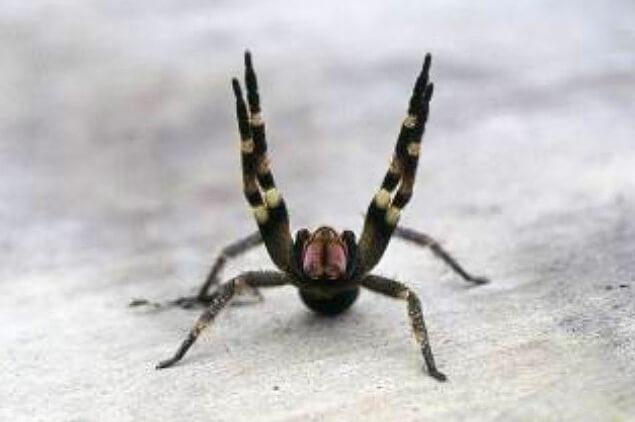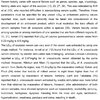Outpost31Survivor
Arachnoprince
- Joined
- Aug 23, 2019
- Messages
- 1,631
The first sentence of the article is a bit misleading but Hemiscorpius lepturus has scored over 8% mortality rate.I seriously doubt H. lepturus has a fatality rate 1.5 times that of the king cobra, which is what the first sentence of this article implies. To my knowledge, there is no animal on earth whose bite or sting carries a 90% chance of death, with the possible exception of the inland taipan.


Yes Androctonus crassicauda is second deadliest scorpion of Iran.I have a friend that came from Iran and he told me when he was growing up there as a kid, they all feared the black scorpion because it was known to kill kids... It's true, I'm sure they now have excellent care facilities available over there.














